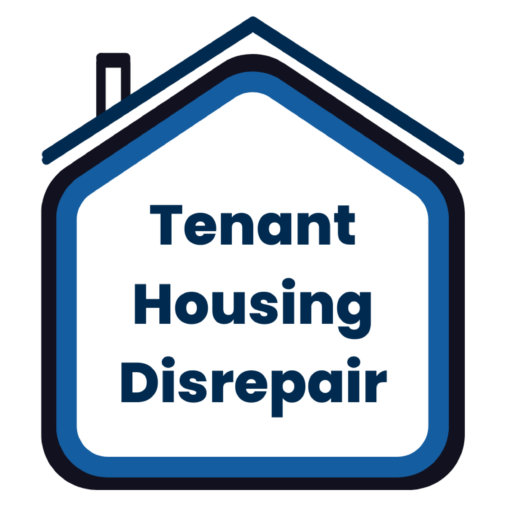How Can Our Solicitors Help You?
Firstly, you need to know about your legal rights. With our help, you can get the necessary repair work on your rented property. We want to help you get the compensation you deserve so you can live comfortably in your social housing property.
If your landlord still needs to resolve your house’s mould and damp problems, you want to take advice from our expert panel of solicitors. Our housing disrepair services are provided on a no-win, no-fee basis. It means you can claim without worrying that you’re taking a financial risk.
Our expert solicitors have a wealth of experience with these types of cases. They can help you to identify your situation and ensure that any damp and mould problems in your rented home are properly resolved.
They will also help you to claim compensation if damps and mould cause damage to your health and wealth. For example, if you’ve severe asthma or mould, such as black mould, has ruined your furniture.
You have a right to live in a safe home, so if you’re being denied that right we want to help you claim against your landlord to ensure all disrepair. We want to help you live comfortably in your home without worrying about damp and mould matters, which have reduced your health.
If your rented council home or housing association property has issues that have not been repaired find out if you are eligible to make a housing disrepair claim for property repair and compensation.
- Damp problems
- Mould issues
- Pest infestations
- Damaged Windows & Doors
- Leaks and Water Damage
- Pest infestations, Mice, Rats & Insects
- Broken heating systems
- Problems with gas pipes or electrical wiring
- Internal deterioration such as damage to carpet, walls etc.
- Structural problems, including damaged gutters, drains & pipes
- Environmental health issues, bathroom, sanitary & sewage
